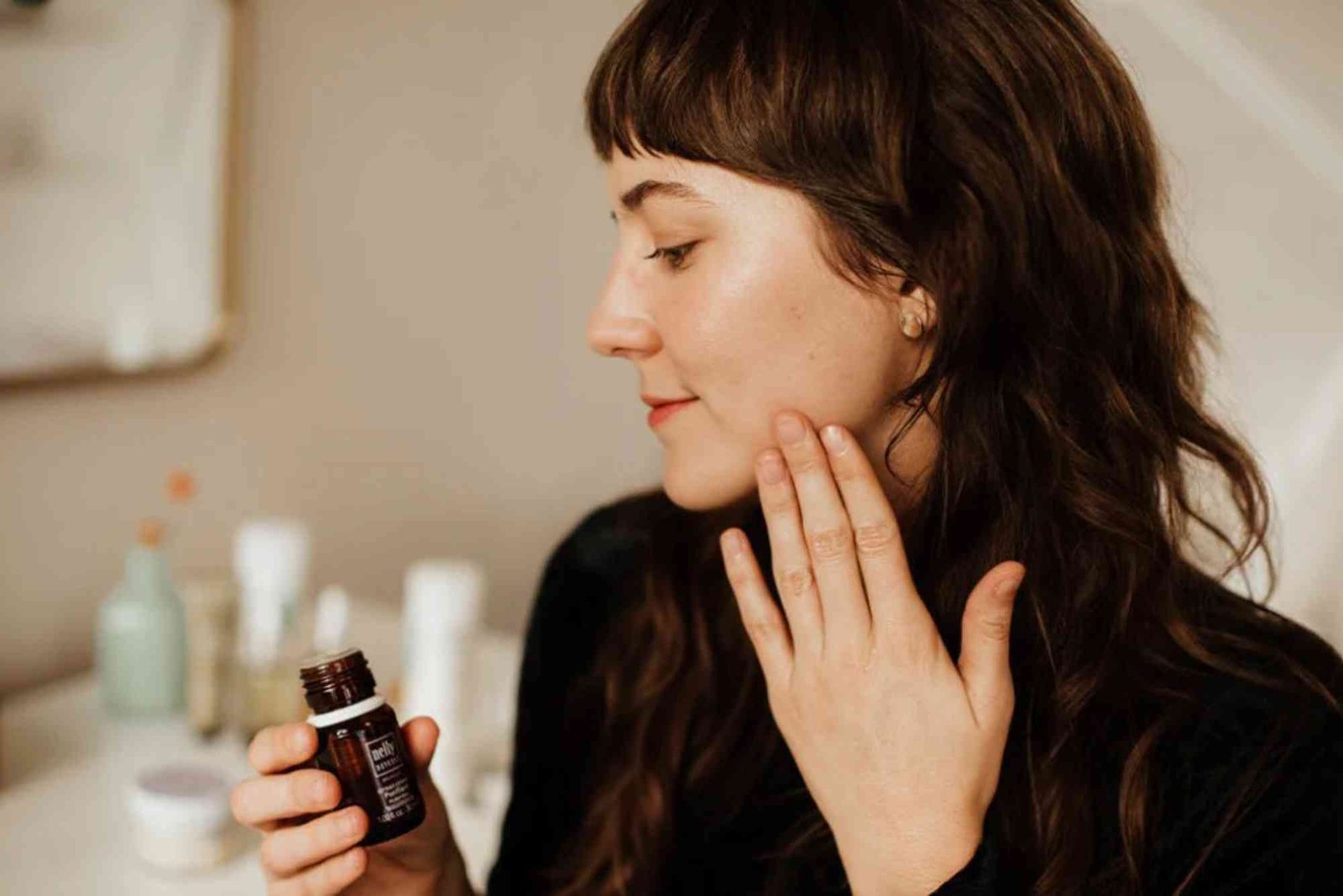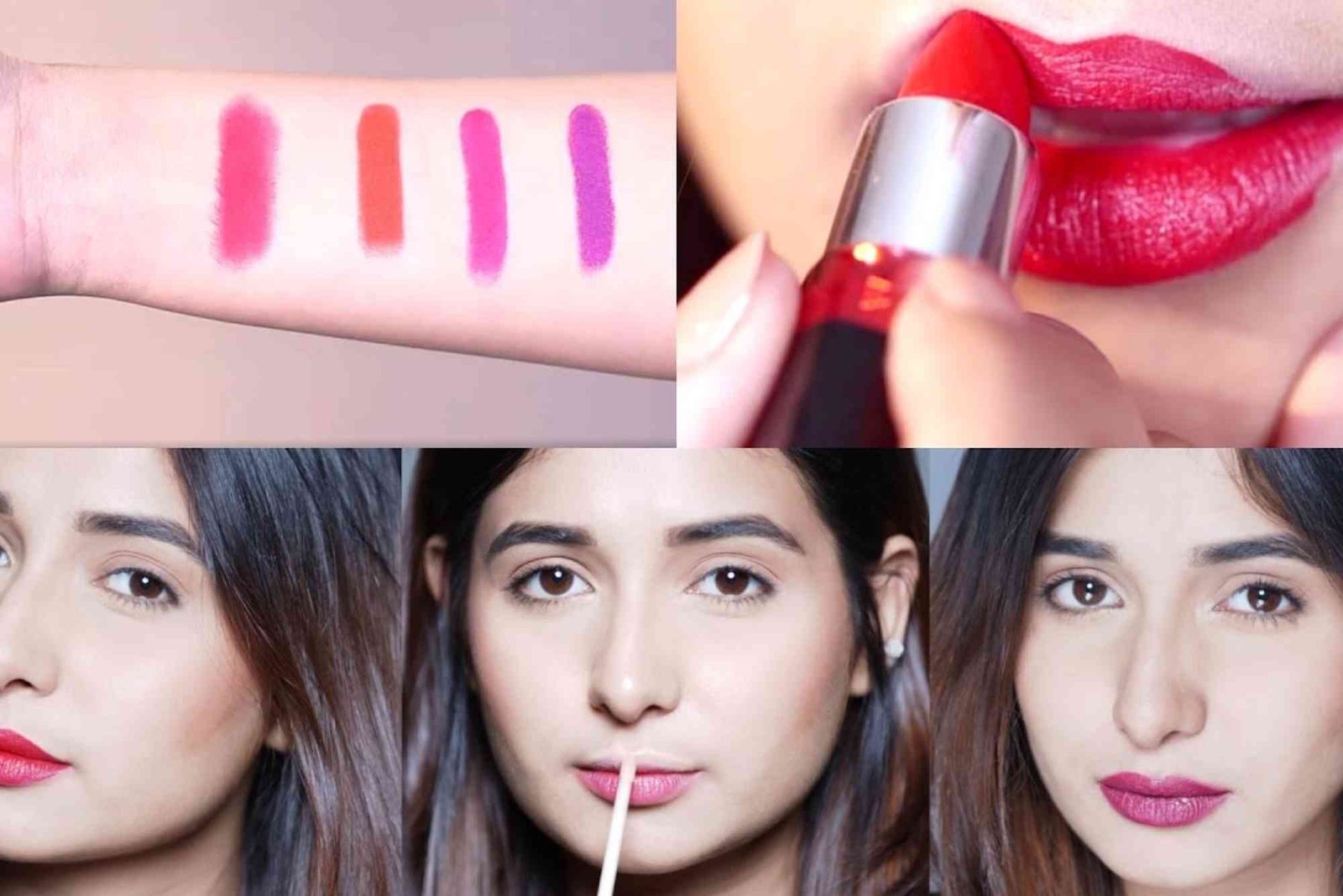Introduction
If you’re looking for a simple way to refresh dull skin, a face and polish treatment can be highly effective. Combining a classic facial with gentle exfoliation, this treatment removes dead skin cells, improves circulation, and boosts radiance. In this article, we explore what face and polish entails, its benefits, potential risks, aftercare, and tips for choosing the right provider.
What Is Face and Polish?
The Basics
Face and polish is a two-step skincare treatment offered in salons and clinics. It begins with a facial, which includes cleansing, steaming, extraction, and masking. The second step is polishing, a gentle exfoliation that removes dead skin cells, leaving the skin smooth and bright. This process is ideal for a refreshed, glowing look.
How It Differs From Other Treatments
Unlike deep procedures like dermabrasion, face and polish is non-invasive. It focuses on the superficial layer of the skin and is gentler than chemical peels or laser treatments. This makes it suitable for regular maintenance rather than aggressive skin resurfacing.
Benefits of Face and Polish
Exfoliation and Glow
One of the main advantages is exfoliation, which removes dead skin cells and rejuvenates the skin. This promotes a natural, healthy glow.
Brighter, More Even Skin Tone
Polishing helps reduce dullness, uneven tone, and minor pigmentation, making the skin appear smoother and more balanced.
Enhanced Skincare Absorption
After treatment, your skin can absorb moisturizers, serums, and other products more effectively, maximizing your skincare routine.
Improved Circulation
The massage and exfoliation in a face and polish session boost blood flow, promoting healthy, revitalized skin.
Softening Fine Lines
While not a substitute for anti-aging treatments, gentle polishing can reduce the appearance of fine lines by resurfacing the skin subtly.
Risks and Side Effects
Redness and Sensitivity
Mild redness or a flushed appearance is normal after treatment. This usually fades within a few hours.
Irritation or Peeling
Aggressive exfoliation may cause temporary peeling or irritation, especially for sensitive skin.
Sun Sensitivity
After treatment, skin becomes more sensitive to UV exposure. Applying sunscreen and avoiding direct sunlight is essential.
Unsuitable for Certain Skin Types
People with active acne, broken skin, or extremely sensitive skin should consult a professional before undergoing the treatment.
How Often Should You Do Face and Polish?
For most skin types, once or twice a month is sufficient. Overdoing the treatment may damage the skin barrier. Adjust frequency based on skin type: oily skin may tolerate more frequent sessions, while sensitive skin requires a gentler approach.
At‑Home Alternatives
DIY Polishing Scrubs
You can mimic salon effects at home with gentle scrubs using sugar, salt, coffee, or oatmeal mixed with natural oils.
Store‑Bought Skin Polishing Kits
Microdermabrasion devices and mild polishing creams are safe options for at-home use.
Safe Application Tips
- Cleanse thoroughly before application.
- Apply the polish in gentle circular motions.
- Rinse with lukewarm water.
- Follow with a hydrating moisturizer.
- Use sunscreen if going outside afterward.
Choosing a Professional Face and Polish
Products and Ingredients
Ensure the salon uses safe, skin-friendly products. Ask about any active ingredients or brightening agents.
Technician Expertise
A trained esthetician should perform the treatment to ensure safety and optimal results.
Equipment
Salons may use manual scrubs, crystal microdermabrasion, or diamond-tip polishers. Confirm which method will be used.
Aftercare Guidance
Your provider should advise on post-treatment care, including which products to avoid and how to protect your skin.
Cost of Face and Polish
Salon treatments can vary in price depending on location, technique, and reputation. At-home options are generally more affordable but require consistent use for similar effects.
Aftercare Tips
- Moisturize: Apply a gentle, hydrating moisturizer after treatment.
- Sun Protection: Use broad-spectrum sunscreen and avoid direct sunlight for 24–48 hours.
- Avoid Strong Actives: Skip retinoids, acids, or harsh scrubs for a few days.
- Be Gentle: Avoid hot showers or steam immediately after treatment.
- Monitor Skin: Watch for irritation or peeling and consult a professional if needed.
Common Misconceptions
“It Permanently Lightens Skin”
Face and polish may temporarily brighten skin but does not permanently change your natural tone.
“More Sessions Are Better”
Excessive treatments can damage the skin barrier. Spacing sessions appropriately yields better results.
“DIY Isn’t Effective”
Home treatments can still produce a healthy glow when used correctly.
Face and Polish vs. Other Facial Treatments
| Treatment | Function | Ideal For |
|---|---|---|
| Face and Polish | Exfoliates dead skin and improves radiance | Gentle glow and maintenance |
| Microdermabrasion | Deeper exfoliation using a machine | Dealing with dull or uneven skin |
| Chemical Peel | Acid-based resurfacing | Targeting pigmentation and scars |
| Regular Facial | Cleansing, massage, and mask | Relaxation and basic skincare |
Why Face and Polish May Be Right for You
- Quick and visible results
- Gentle and non-invasive
- Enhances your regular skincare routine
- Customizable for occasional or routine maintenance
Precautions
- Avoid salons promising harmful whitening results
- Confirm hygiene and sterilization of tools
- Consult a dermatologist for sensitive skin or existing conditions
- Follow aftercare instructions strictly for optimal results
A face and polish treatment is an effective way to revitalize skin, improve texture, and boost radiance. It is gentle yet impactful, making it suitable for regular maintenance or special occasions. For more insights, check out Laura Mercier Flawless, explore Skin Face Polish, or consult Related resource: skin face polish for broader beauty tips.
FAQs
What is the difference between a face and polish and a regular facial?
A regular facial focuses on cleansing and relaxation, while face and polish includes gentle exfoliation for smoother, brighter skin.
How often should I get a face and polish treatment?
Once or twice a month is recommended, depending on your skin type and sensitivity.
Can face and polish cause irritation?
Yes, especially if overdone or if your skin is sensitive. Mild redness or peeling may occur.
Is it safe to do at home?
Yes, using gentle scrubs or safe polishing kits can replicate effects without salon equipment.
Will face and polish lighten my skin permanently?
No, it temporarily brightens the skin but does not permanently change your natural tone.




